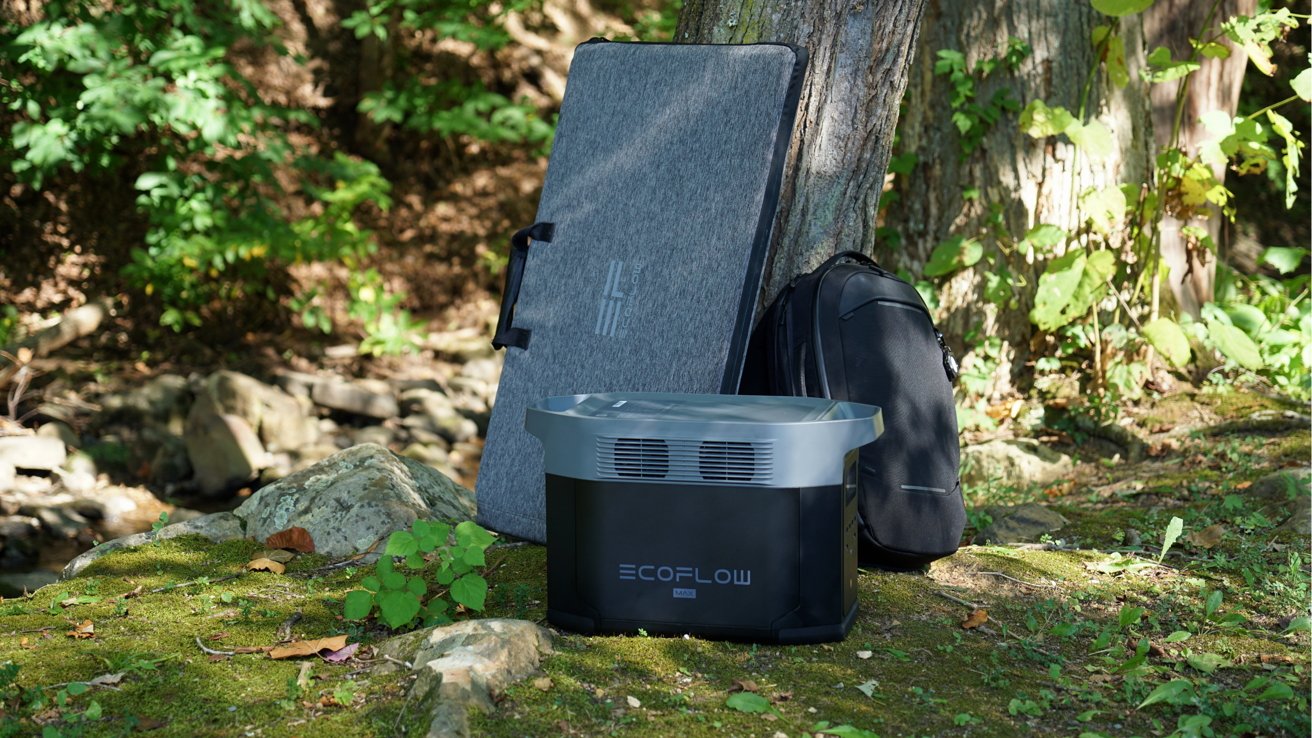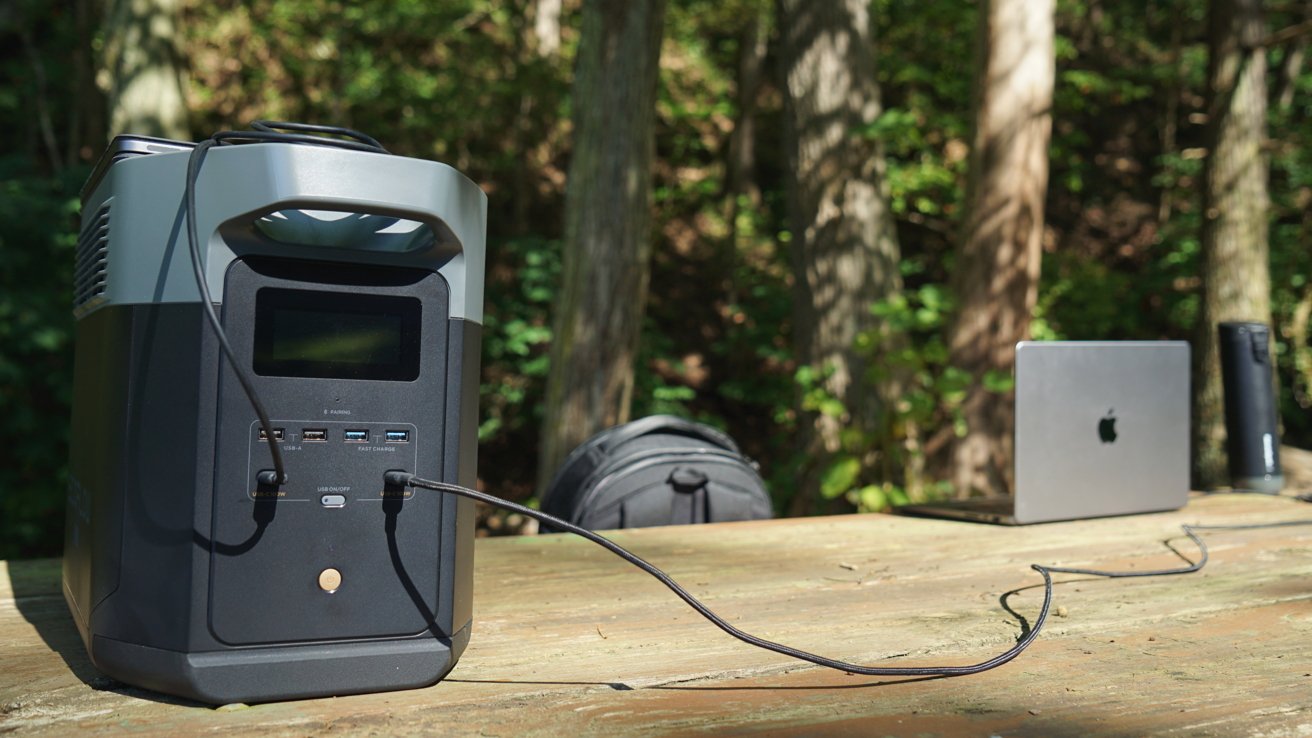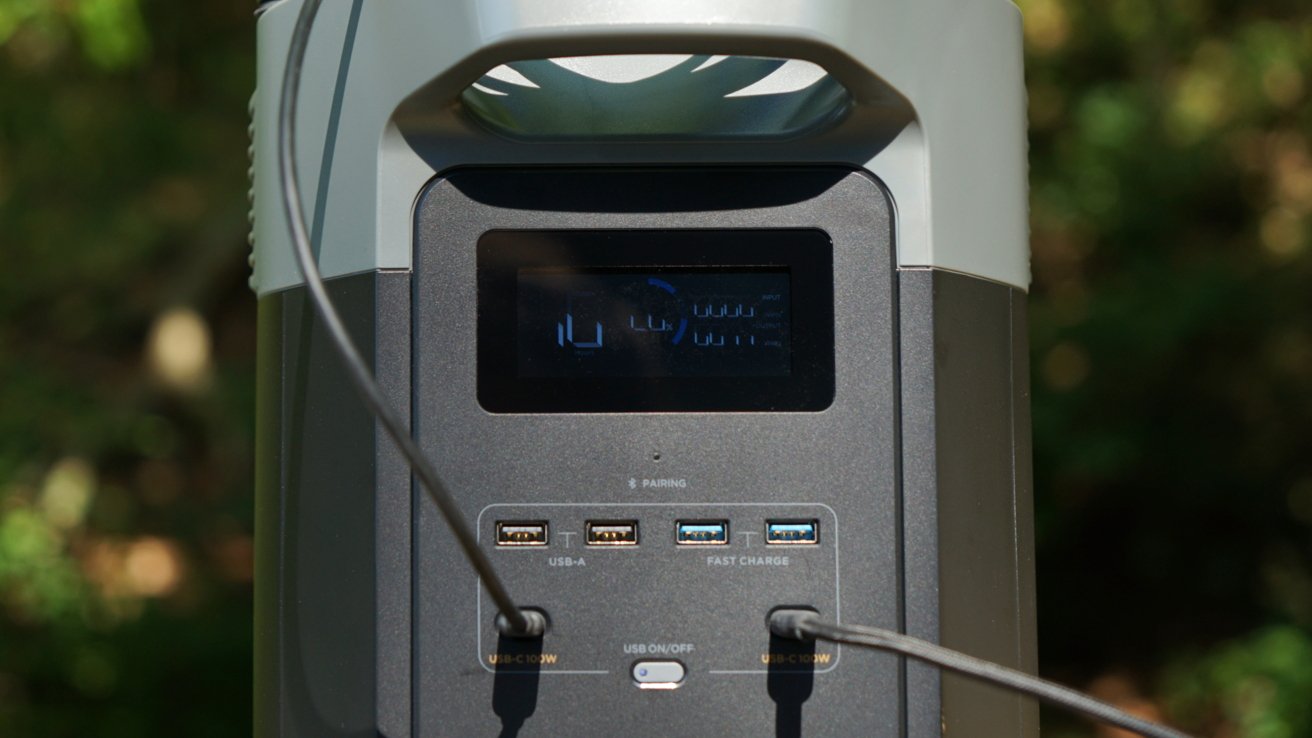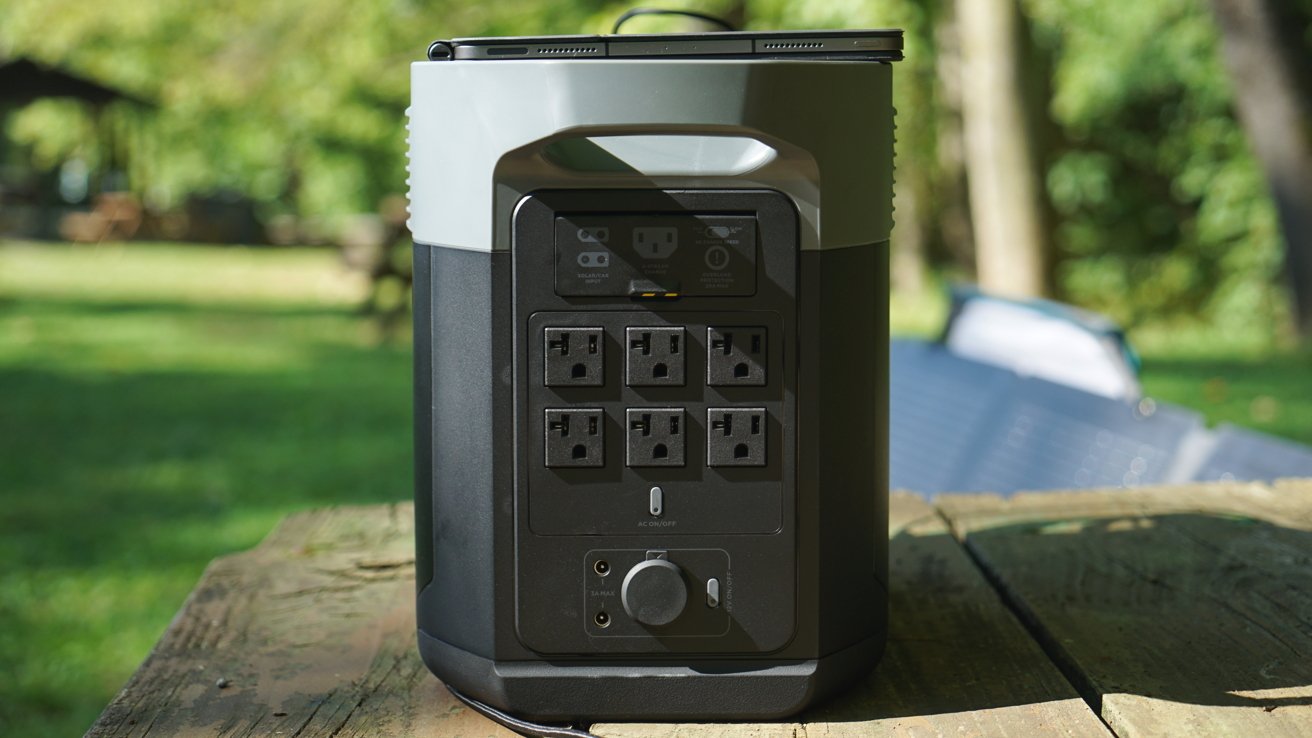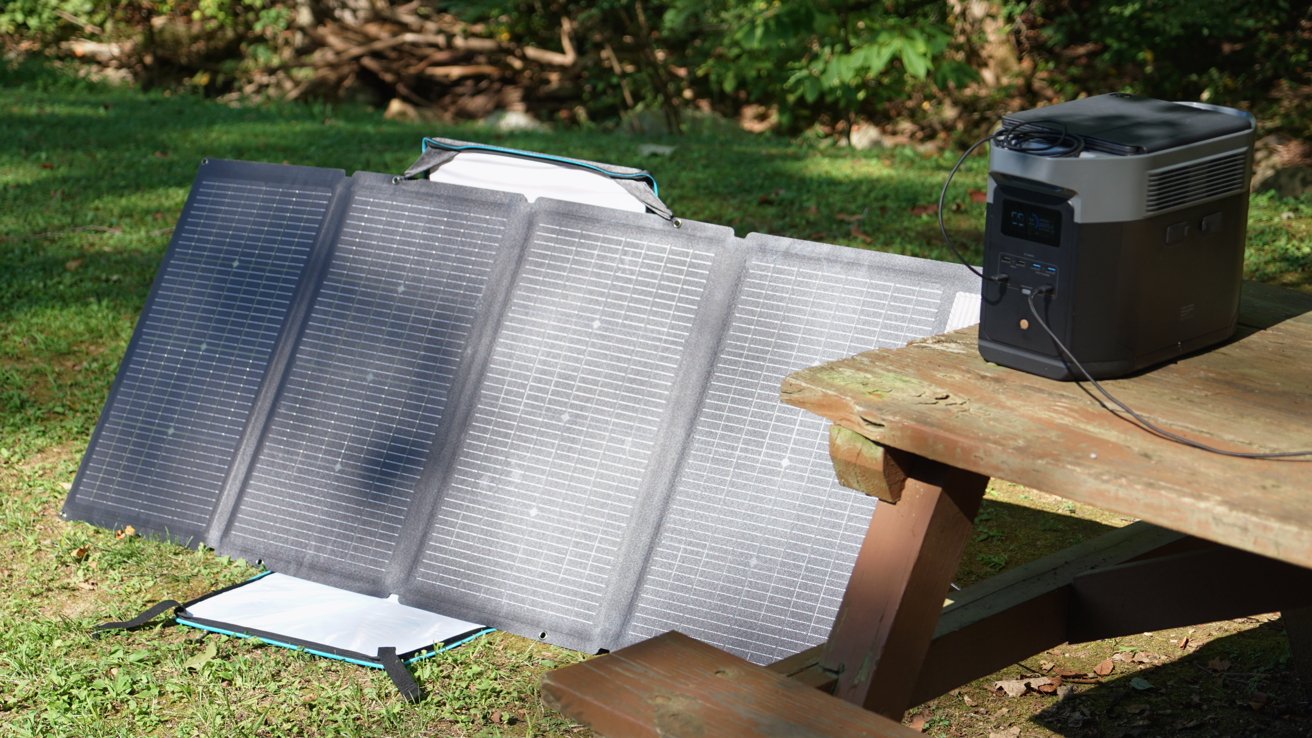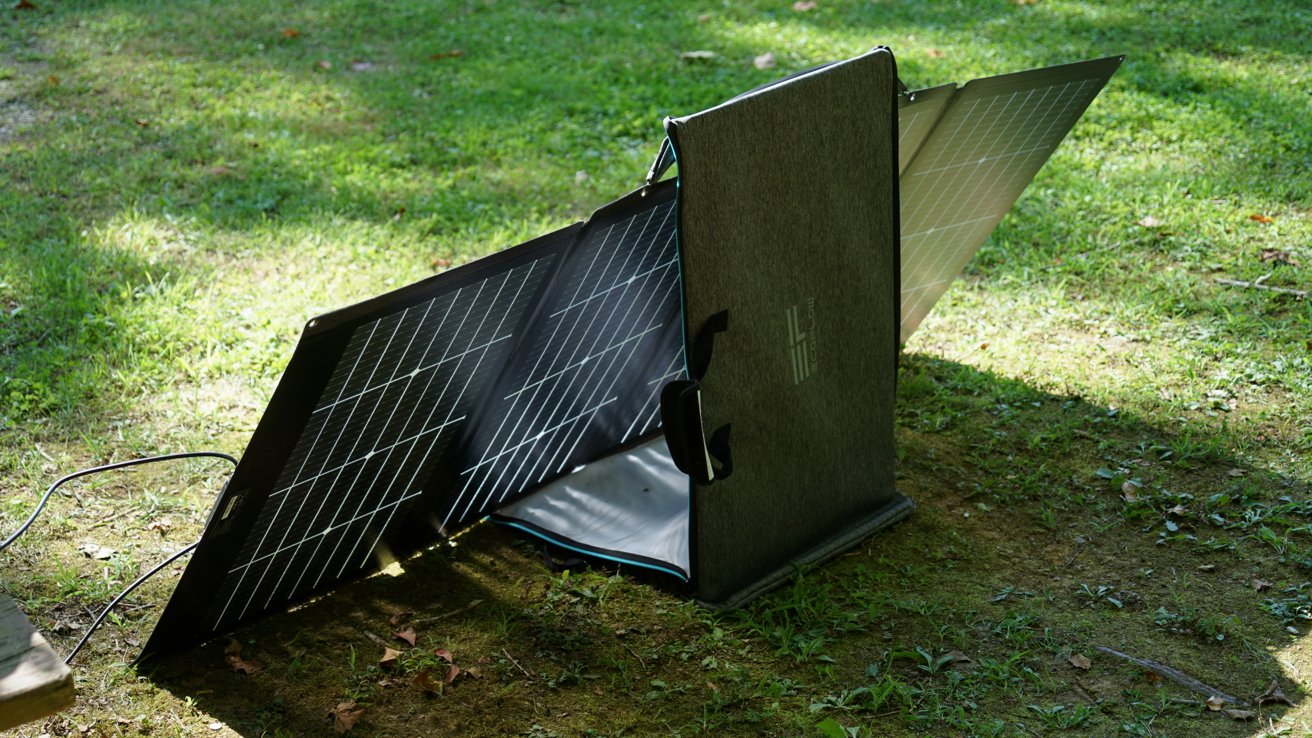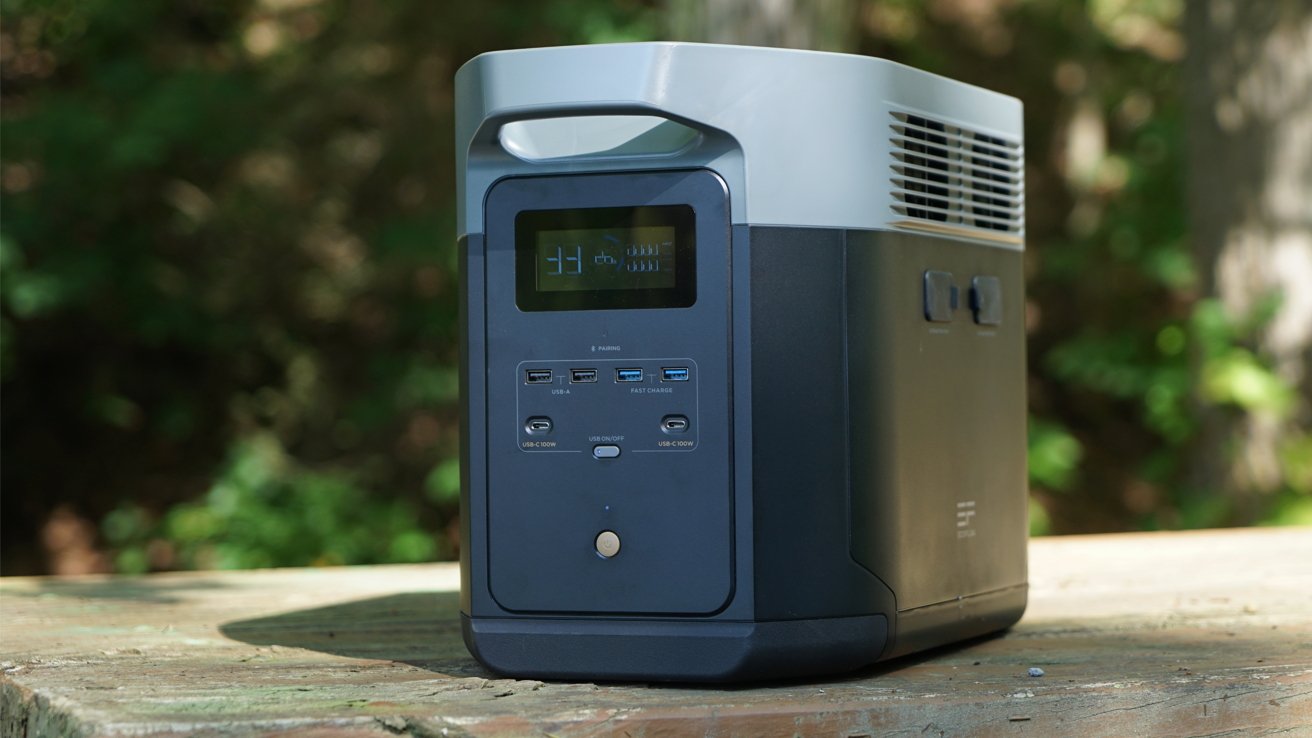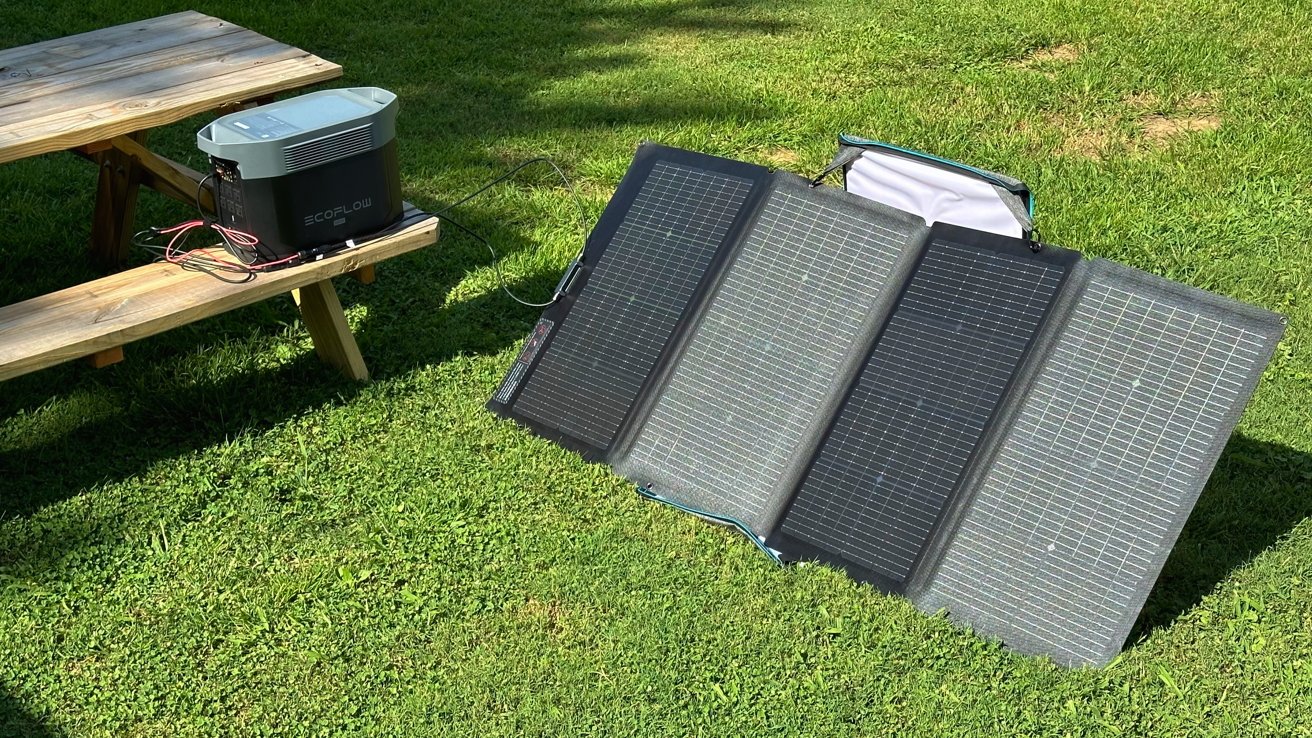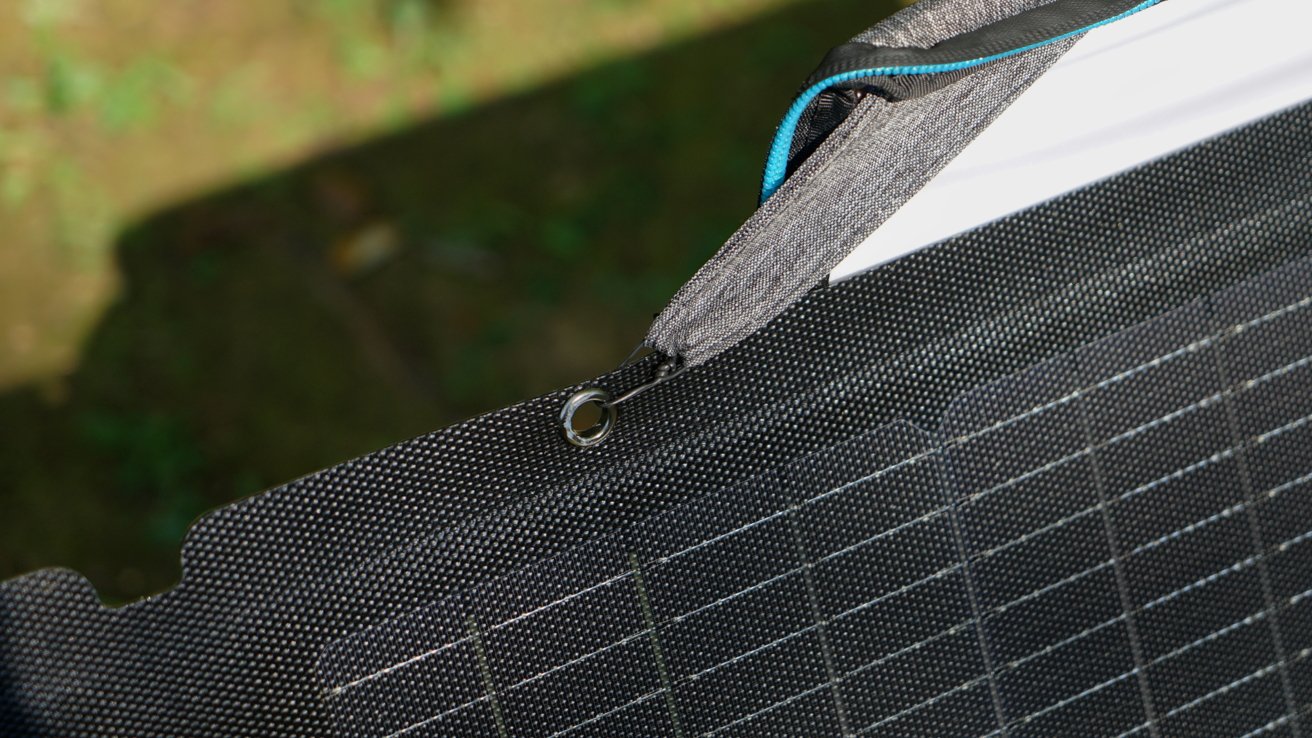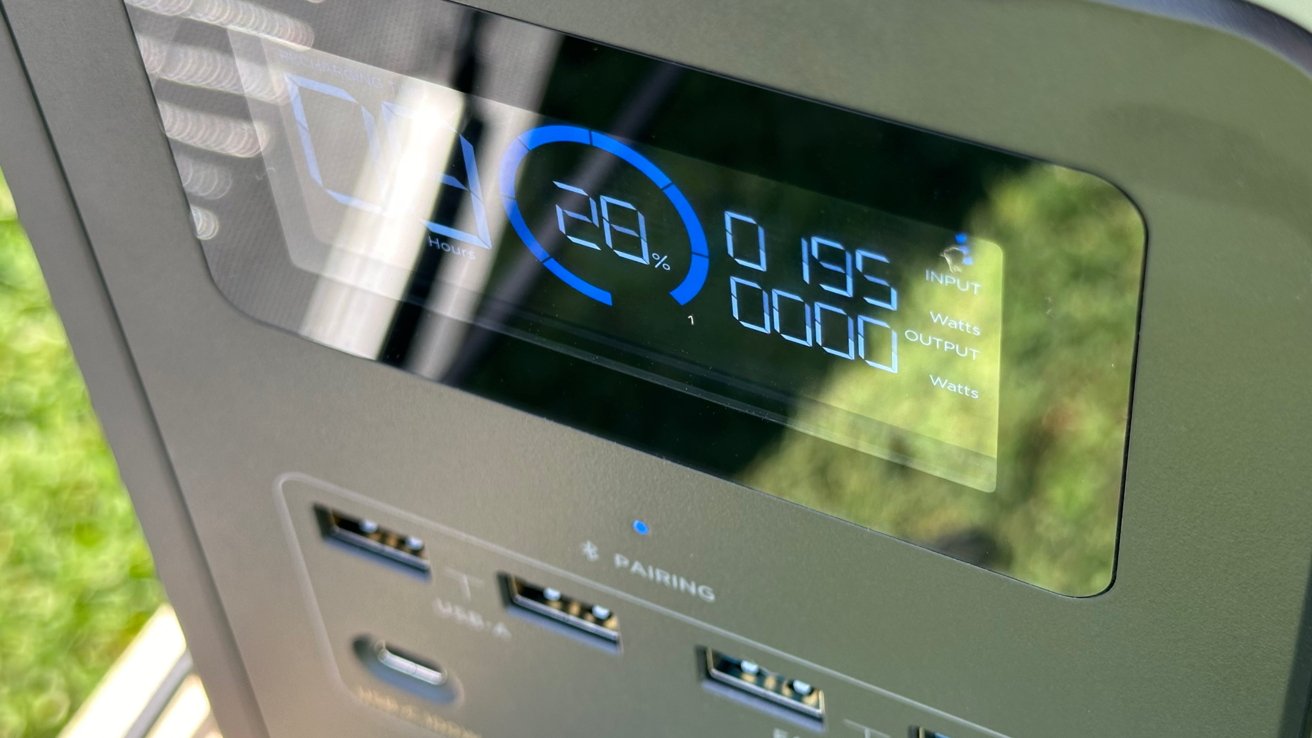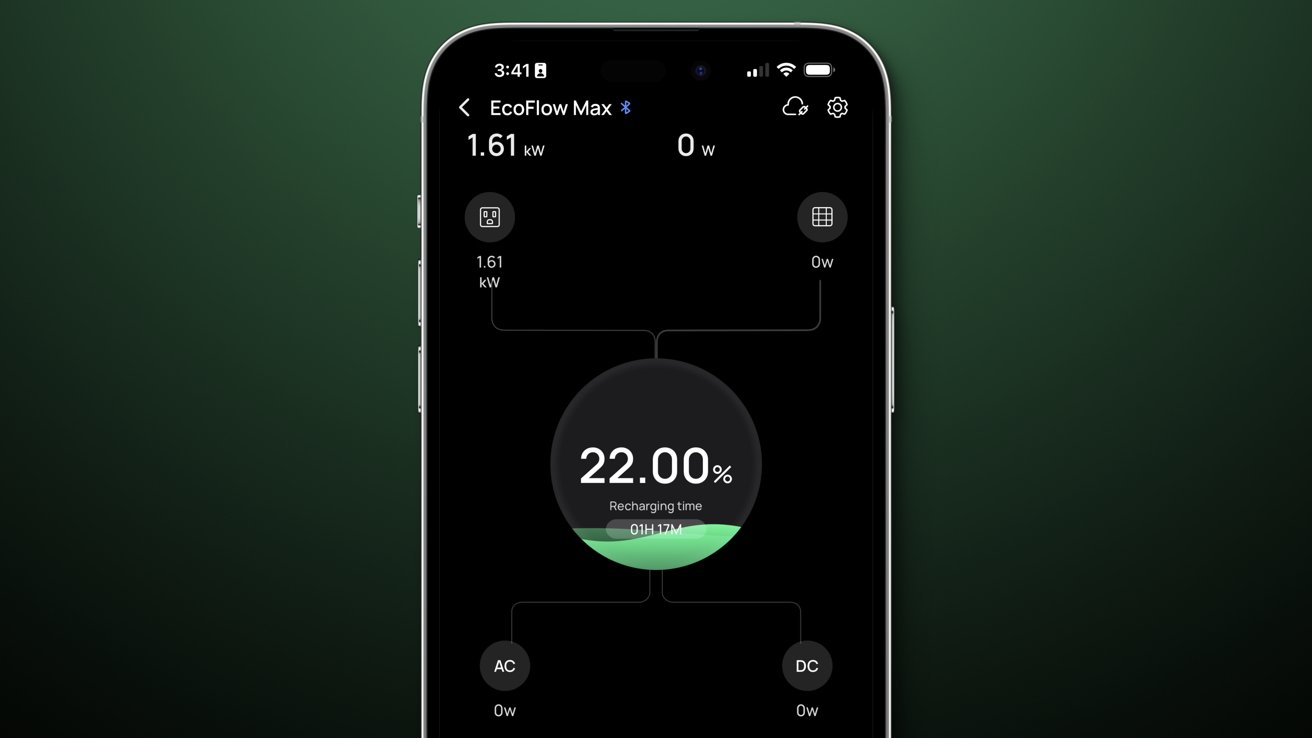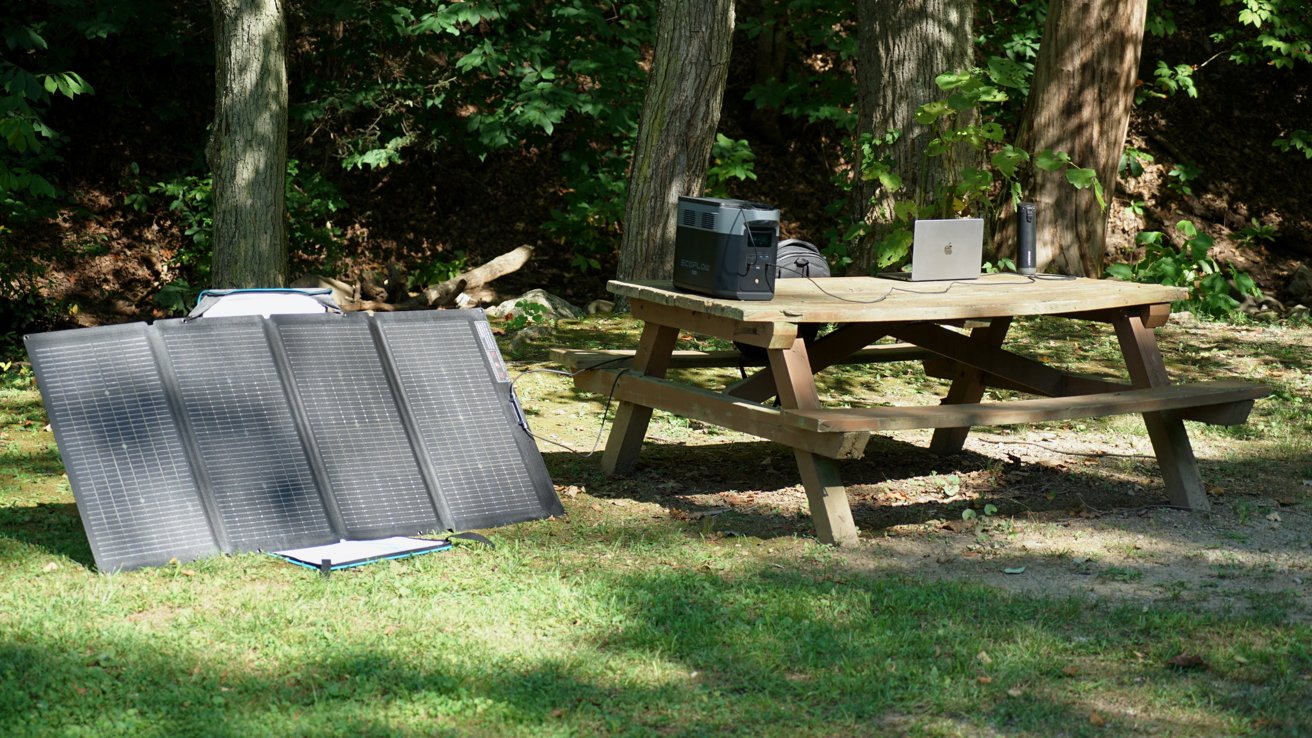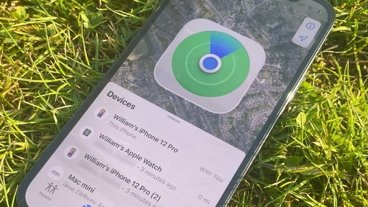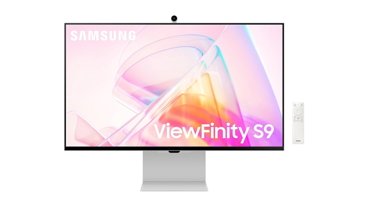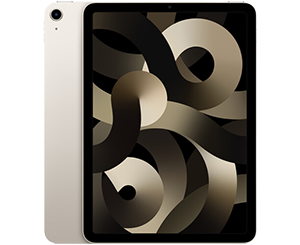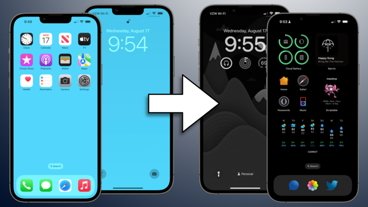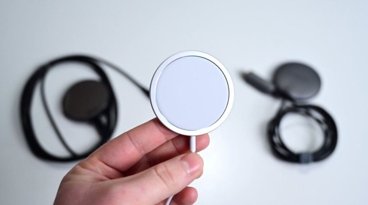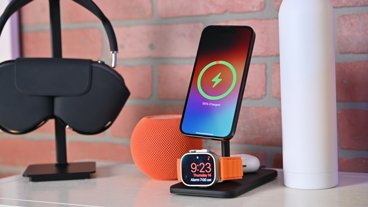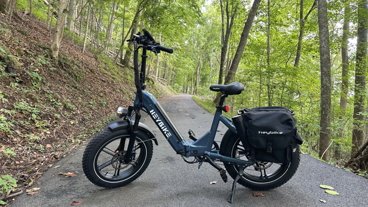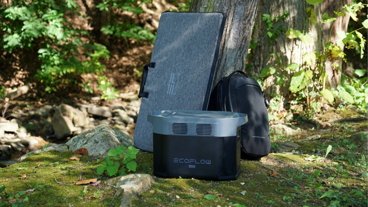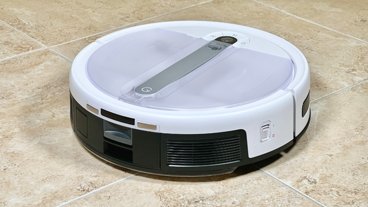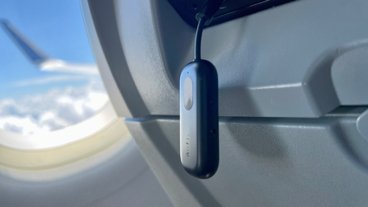EcoFlow Delta 2 Max portable power station review: improving on excellence
EcoFlow Delta 2 Max
4.5 / 5EcoFlow Delta 2 Max manages to cram as much capacity as its competitors into a smaller, lighter form while having 15 ports and an industry-leading fast charge.
We already called the EcoFlow Delta 2 the best all-around portable power station you could buy in our roundup. Its successor, the EcoFlow Delta 2 Max, has stolen that title.
EcoFlow has done it again by building an excellent portable power station with a competitive price, lighter weight, and similar capacity to the alternatives. The port variety and fast charging feature make it an obvious choice for those seeking a high-end solution.
Compared to the mid-sized EcoFlow Delta 2 we reviewed, the Max model is more expandable, has nearly twice the capacity at 2,048Wh, can output 2,400W, and reaches 80% over AC in just over an hour. All while weighing just 50 pounds.
EcoFlow Delta 2 Max portable power station review — features
We reviewed the EcoFlow Delta 2 Max and a 220W solar panel, making this the so-called EcoFlow Delta 2 Max Solar Generator. It will never not be amusing how these products each have their own names based on what is paired with them — an industry-wide practice.
First, the EcoFlow Delta 2 Max portable power station is a 2kWh battery with LiFePO4 (LFP) chemistry. It can be expanded up to 6kWh with two Smart Extra Batteries.
The battery pack is more oblong than competitors, which is how it seemingly manages to be slightly more compact. Handles protrude from the top on each side for easy carrying, though at 50 pounds, it's still a hefty load.
It measures 19.6 inches long by 9.5 inches wide by 12 inches tall. Fan exhaust faces outward on the long sides while input and output ports are on either end of the short sides.
The front has a simple, bright display for showing charge and discharge rates alongside the total remaining capacity. These values are also available in the EcoFlow app.
Below the display is a set of USB inputs. There are two USB-A ports, two 18W fast-charge USB-A ports, and two 100W USB-C ports.
The rear of the device has the remaining outputs — a set of six three-prong outlets, a car charger, and two DC5521 ports. Inputs are on the rear, too, which include two solar ports and the AC charging port.
On one of the long sides are two expansion ports for the Smart Extra batteries.
EcoFlow says the Delta 2 Max operates as quiet as 30dB, which is an impressive claim. That's quieter than most large batteries, as cooling fans can get quite loud.
Charging using just the AC input will get the battery to 80% in just 1.1 hours. Other portable power stations at this capacity can take two to six hours, depending on the power supply.
Combine 1,000W of solar input (an incredible five panels in perfect conditions) with the AC input to get to 80% charge in 43 minutes. When using combined solar and AC, the maximum input is 2,400W, with 1,800W over AC and 600W over solar.
EcoFlow Delta Max can output 2,400W but peaks at 3,400W with X-boost enabled for more power-hungry appliances. That's a bit lower than some batteries we've tested in this size class and capacity, but it's a solid tradeoff for the other features and fast charging.
Get the EcoFlow Delta 2 Max portable power station for $1,899 from the EcoFlow website.
EcoFlow 220W solar panel
The Bifacial Portable Solar Panel doesn't have a fancy EcoFlow marketing name attached to it. This solar panel operates like others by being placed at an angle facing the sun, with a small twist.
Both sides of the solar panel are active, meaning light that bounces off of other surfaces into the rear panels will also be converted into energy. This will enable slightly faster charging speeds than regular solar panels that gather light from one direction.
Solar alone at 1,000W will recharge the unit in 2.3 hours. That's closer to 10 hours with just one 220W solar panel.
These panels are about the same size and weight as other suitcase-sized foldable panels we've tested. They operate at about 23% conversion efficiency, basically the standard.
The front side is rated for 220W, while the rear side is rated for 155W. These potentials work together to achieve an output we haven't observed in other 200W-rated panels.
However, since both sides have active solar panels, there isn't any room for traditional stands. EcoFlow opted to use the carrying case as a stand that's effective if awkward to set up.
Get the 220W bifacial portable solar panel for $649 from EcoFlow.
Using the EcoFlow Delta 2 Max portable power station
Every portable power station operates in a near-identical manner. They are giant batteries with ports that let users access the stored energy to power devices.
Implementation, port variety, and actual portability are what sets these products apart. The EcoFlow Delta 2 Max is a premium battery with plenty of ports, easy to carry with giant handles, and operates at a quiet hum.
The ratings provided by EcoFlow are accurate. This is a powerhouse of a battery that can output 2kWh that weighs around 10 pounds less than the competition.
We're a fan of how EcoFlow designs its batteries with an elongated shape and ports on either end. It makes it less bulky and cable management more simple.
For example, all of the USB cables plug in the front below the display while the bulky AC plugs go in the back, out of sight. The vents along each side of the power station allow for incredible ventilation without much noise.
The 30dB sound rating is for low-load operation, and we didn't observe audio above 60dB during use. The pitch and hum are also pleasant and easy to ignore.
At 50 pounds, it's just at the threshold of being light enough to carry (for us) to move the battery short distances with one hand. The two handles are big enough and set far enough apart that the weight is evenly distributed and easy to carry.
Solar oddities
Like portable power stations, solar panels are relatively straightforward. You set them up, point them at the sun, and plug them into a battery to charge. Their efficiency and build quality may differ from manufacturer to manufacturer, but they are similar products overall.
EcoFlow has a bit of a challenge with its 220W solar panels. Since both sides are active, there aren't any kickstands or similar to prop the device up.
Instead, the company has opted to use the carrying bag as the stand. That makes setup a bit difficult, especially if you don't have the included carabiners.
The solar panel's packaging included everything we needed for setup, but the cable adapters and carabiners were left unnoticed in the box initially. Like other solar panels, we assumed everything would be included in the solar panel's carrying case.
We were wrong, and sure, we should have verified ahead of time, but it still seems like an oversight from the manufacturer. There isn't even a place to store these objects during transit or storage, thus increasing the likelihood of losing the necessary equipment.
We also didn't have the necessary adapter to test the panels where we took photos. While we later found the cables in the bottom of the packaging and tested the solar panels properly, it shows how easy it is to lose things in EcoFlow's packaging.
That said, the solar panels operated as promised. The combined front and back panels provided a 195W output on a 4 p.m. partly cloudy day. That's much better than what other panels of this size produce.
The EcoFlow app
EcoFlow thankfully opted for a simple app interface for its power stations. After a quick pairing process, the battery shows up in the app with control toggles for power supplies.
The gear icon in the corner is where users can control charging speeds, toggle X-boost, and different timeout periods. These functions are mostly set-and-forget.
X-boost is enabled by default, which isn't necessary unless you plan on exceeding the 2,400W rated max load. The charge/discharge limits setting can help ready the battery for storage or planned energy rationing.
Ahead of the competition
As we noted with the EcoFlow Delta 2, the company seems to have found a sweet spot where it can offer more for less. The more premium Max model enhances that, placing it well ahead of competitors.
While the solar panels are a bit awkward, they offer industry-leading output for their size. Pairing a panel with the EcoFlow Delta 2 Max will ensure extended power availability when connecting to the grid isn't an option.
There are power stations with more capacity, more portable ones, and ones with more outlets. However, the EcoFlow Delta 2 Max captures an excellent cross-section of the market while staying cheaper than other options.
EcoFlow Delta 2 Max portable power station — Pros
- Plenty of ports, plus two 100W USb-C
- Six three-prong AC outlets versus two-pronged
- Charges fast given the capacity, and quietly given the size
- The paired solar panel has efficient 200W output in non-ideal conditions
- Lighter than the competition
EcoFlow Delta 2 Max portable power station — Cons
- Lower overall output compared to other batteries in this class — 2,400W versus 3,000W
- Solar panel is awkward to set up, and packaging makes it easy to miss necessary parts
- Abundance of USB-A ports isn't great in an increasingly USB-C dominant world
Rating: 4.5 out of 5
EcoFlow tops our recommendation list yet again with the Delta 2 Max. Some rough spots need sanding down, but that'll come with future iterations.
The awkwardness of the solar panel is more than made up for by its power output. This system's feature set and price make it a leader in the space.
Where to buy the EcoFlow Delta 2 Max portable power station
The full system, the EcoFlow Delta 2 Max Solar Generator, is available for $2,548 at EcoFlow. It is also available from Amazon for $2,495.
 Wesley Hilliard
Wesley Hilliard